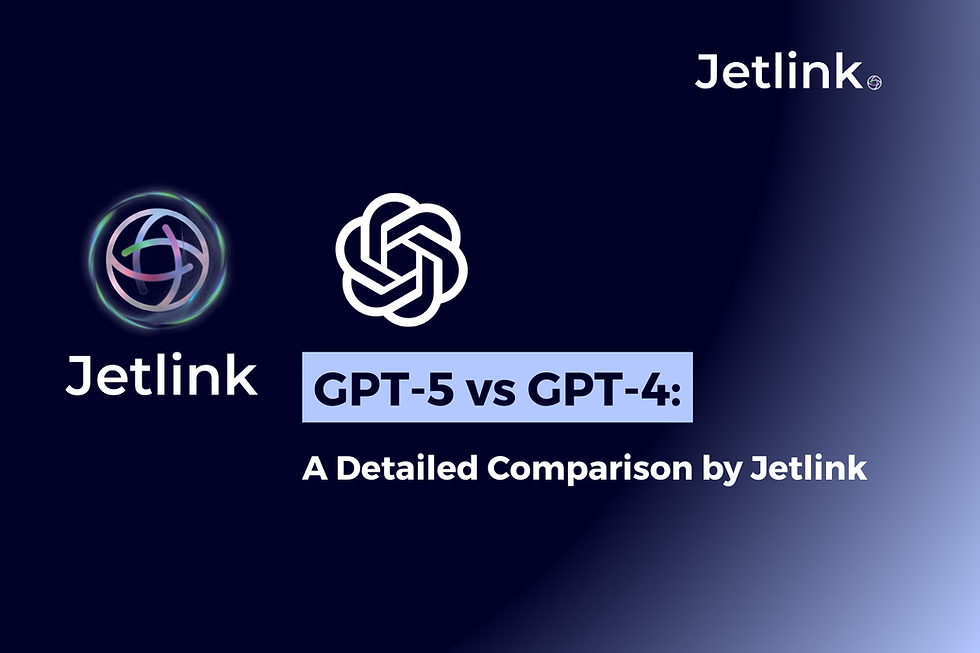How does Jetlink improve the chatbot experience?
- Ahmet Ertunç

- Apr 17, 2023
- 2 min read

Chatbots have become an essential tool for businesses to enhance customer engagement and improve user experiences. They offer an efficient and personalized way of providing customer service, addressing queries, and guiding users through their journey. However, chatbots' effectiveness largely depends on their design and functionality. As Jetlink company, we follow the below steps with our expert team to improve the chatbot experience.
Understand User Needs: Before designing a chatbot, it's essential to understand the user's needs and goals. Conduct user research, analyze data, and talk to stakeholders to determine what users want from the chatbot. This will help you design a chatbot that meets their needs and expectations.
Create a Clear and Intuitive Flow: Once you understand the user's needs, create a clear and intuitive flow for the chatbot. Define the conversation structure, map out different scenarios, and create a script that guides the user through the conversation. Use a combination of pre-defined and dynamic prompts to create a conversational flow that leads the user to the desired outcome.
Natural Language Processing (NLP) and Machine Learning (ML): A chatbot's ability to understand and respond to human language is crucial to its success. NLP and ML help chatbots understand the context of the user's message and provide accurate and relevant responses. It enables chatbots to handle complex conversations and offer personalized solutions.
User Interface (UI) and User Experience (UX): A chatbot's UI and UX play a vital role in its adoption and success. It should be designed to be intuitive, easy to navigate, and visually appealing. The chatbot's tone and language should match the brand's voice and personality.
Personalization: Chatbots that can provide personalized recommendations and solutions can significantly improve the user experience. Chatbots can leverage user data such as browsing history, purchase history, and user preferences to offer personalized solutions.
Integration with other systems: Chatbots can integrate with other systems such as CRM and other tools to provide a seamless experience. Integration enables chatbots to access relevant information, history, and context to provide accurate and relevant responses.
Human fallback: Chatbots cannot always provide the desired response or solution. In such cases, a human fallback option should be available. Users should be able to connect with a human agent seamlessly.


.png)
.png)



Comments